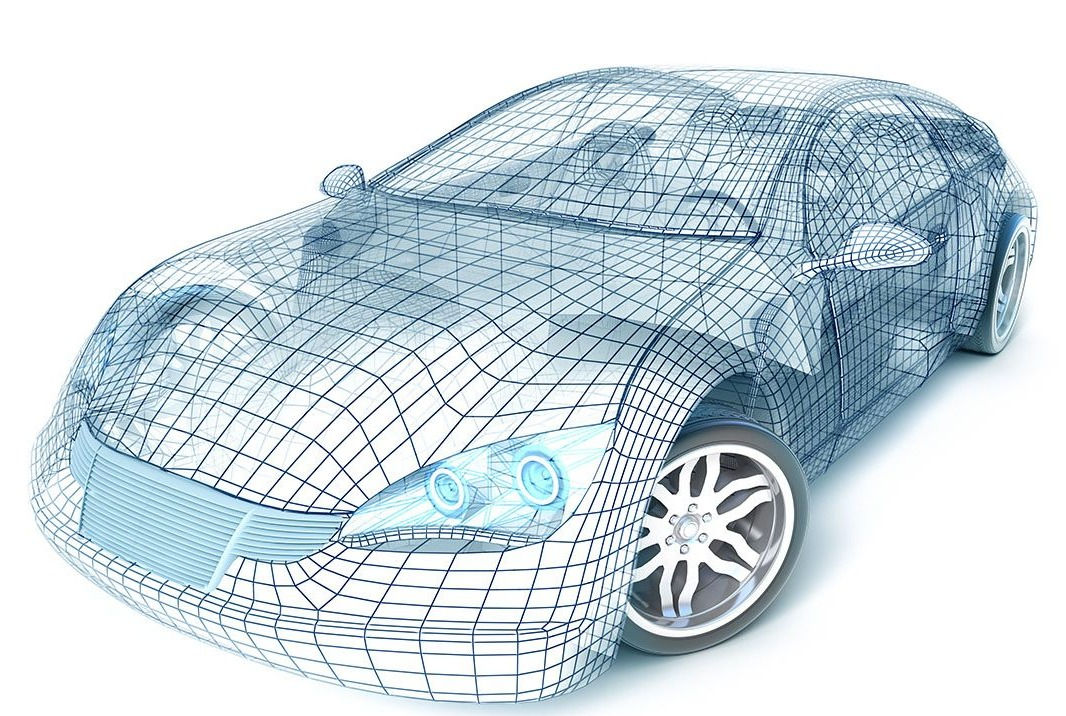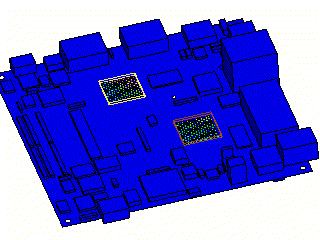
Multiscale geometric modeling is an advanced numerical tool to resolve geometric details in large scale structural analysis, where these details often have relatively smaller dimension in meso scale compared to the overall computational domain but play a very important role in structural response. The typical application includes but not limited to connectors or assembly components in products, e.g. solder joints on printed circuit board (PCB) and chips for reliability analysis of consumer electronics products, spot welds and rivets in the performance analysis of car components and the crashworthiness simulation of full cars.
In order to capture the geometric details in meso scale, small mesh size is needed compared to the large scale structure model, which makes one scale computation infeasible due to dramatically increased model size, much smaller time step size and load balance issue in parallelization. Further, solid FEM and advanced element formulations, e.g. meshfree and particle methods, are often used to perform material failure analysis in meso scale, which brings challenge on creating conforming mesh and coupling with large-scale solid and shell structures.
Two-scale co-simulation method enables the capability to run two separated LS-DYNA MPP jobs simultaneously: one for large-scale and the other for meso-scale. Two jobs run at different time step sizes and synchronize automatically at every large scale time step. To minimize the work on modeling, non-conforming mesh at the coupling interface can be used so that there is no need to modify the large scale mesh when coupling with the meso scale model. In the current implementation, there are two different types of two-scale co-simulation: the weak and strong coupling. In the weak coupling, the large scale model imposes kinematic constraints on the meso scale model at the coupling interface and drives its deformation. The failure of large scale representative beams is determined by the meso scale analysis. The strong coupling, on the other hand, is fully concurrent simulation across two scales, where the large scale model imposes the kinematic constrains on meso scale and obtains the kinetic response as return. Therefore, there is no simplified representation of meso scale model in the large scale computation in the strong coupling.
-
Two-scale Co-sim highlight
-
Concurrent LS-DYNA MPP jobs
-
One job for large scale
-
The other for meso scale
-
-
Sub-cycling
-
Automatic synchronization at large-scale time step
-
-
Support non-conforming coupling interface
-
-
Current implementation [ex]
-
One-way coupling
-
Large scale: joints modeled by beams
-
Meso scale: detailed model with solids
-
-
Two-way coupling
-
Tie-contact
-
Solid-in-shell immersed
-
-
-
Keyword
-
Application
-
Reliability analysis of consumer electronics product [3]
-





